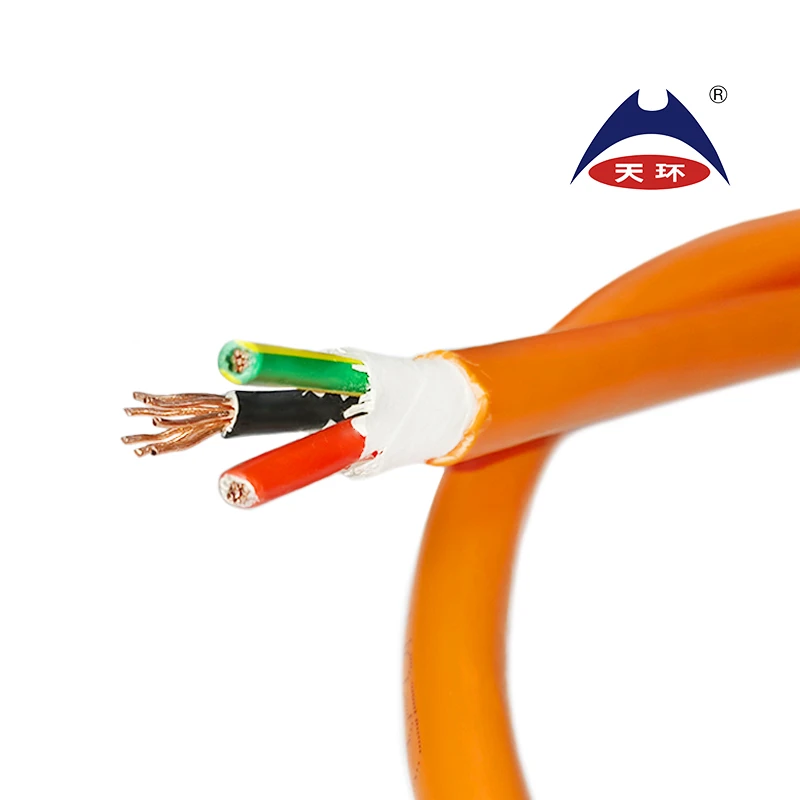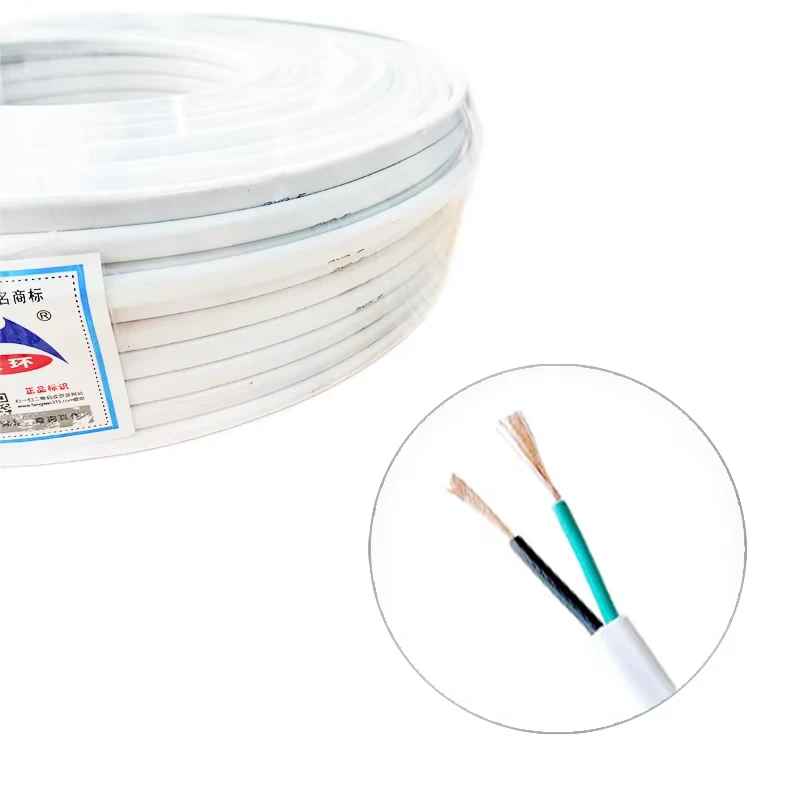
Satellite internet: Often a last resort
Satellite internet is the most widely available type of internet because it doesn't rely on ground-laid infrastructure like cables, cellular towers or line-of-sight antenna connections. Instead, you'll use a mounted dish to connect with geostationary satellites orbiting miles overhead. If you have a clear view of the southern sky, there's a pretty good chance that there's a satellite provider willing to install a dish and offer you service, for a price.
On average, today's satellite internet providers offer speeds that typically vary from 12 to 100Mbps. In most cases, that makes it a suitable option for smaller households who want to stream video, browse the internet and update social media.
New satellite providers -- namely Elon Musk's Starlink network, which began expanding service in select areas the last few years and Amazon's Project Kuiper -- are promising to bump those speeds up by using low Earth orbit satellites that are closer to the ground. That means that the signal doesn't need to travel as far, which also makes for a reduction in latency, or lag.
Increased competition in the satellite internet industry may help bring costs down for the consumer. Currently, satellite internet is the most expensive internet connection type, by far. Starting prices for satellite internet are around $60 per month, but that's for slow speeds -- 25Mbps max -- and low data allowances. If you want faster speeds or more data, satellite internet can quickly get up to $150 to $200 per month, and equipment fees will add another $15 to your monthly bill.
Notable satellite internet providers
- HughesNet
- Viasat
- Starlink
Finding the right internet service for you
So which kind of internet connection is right for you? It depends on several factors. The first thing to think about is your typical usage, and how much speed you really need. If you plan to surf the web and check email only, you can get away with a slower connection, but smaller households with users who stream videos, play games online, or upload files for work or school will ideally want access to download speeds of at least 25Mbps.
Costs are another key factor, obviously. Some providers bundle their various services to offer you a discount, but be aware that the promotional pricing might not last as long as the service contract. In that case, you'll pay more for the same service during the second year, for example.
In the end, the biggest factor is likely beyond your control and that's your location. Some parts of the US have lots of options for getting online, while others hardly have any options at all.
Whatever choices are available to you, understanding the different technologies at play will help you know what to expect before you sign up.
-
The Quantum Leap of XLPE Cable in Power DistributionNewsMay.29,2025
-
Mastering the Essentials of Building WireNewsMay.29,2025
-
Innovative Horizons of Rubber Trailing CablesNewsMay.29,2025
-
Exploring the Versatile World of Rubber CablesNewsMay.29,2025
-
Decoding the Mysteries of Building CablesNewsMay.29,2025
-
Advancements Redefining Control Cable TechnologyNewsMay.29,2025
-
Why It's Time to Replace Old Rubber CablesNewsMay.28,2025















